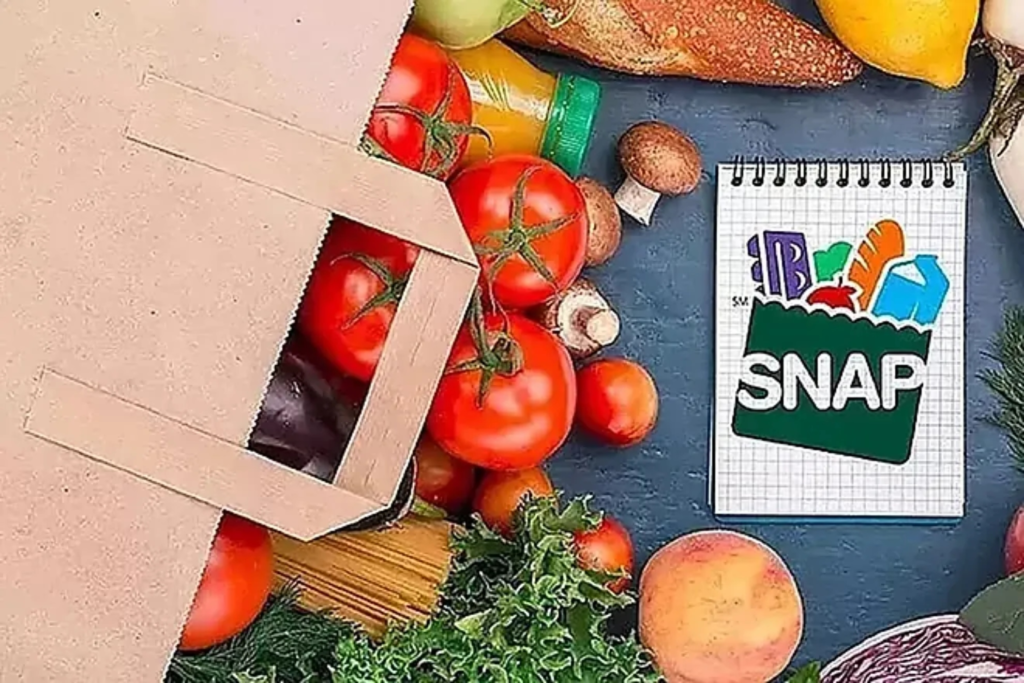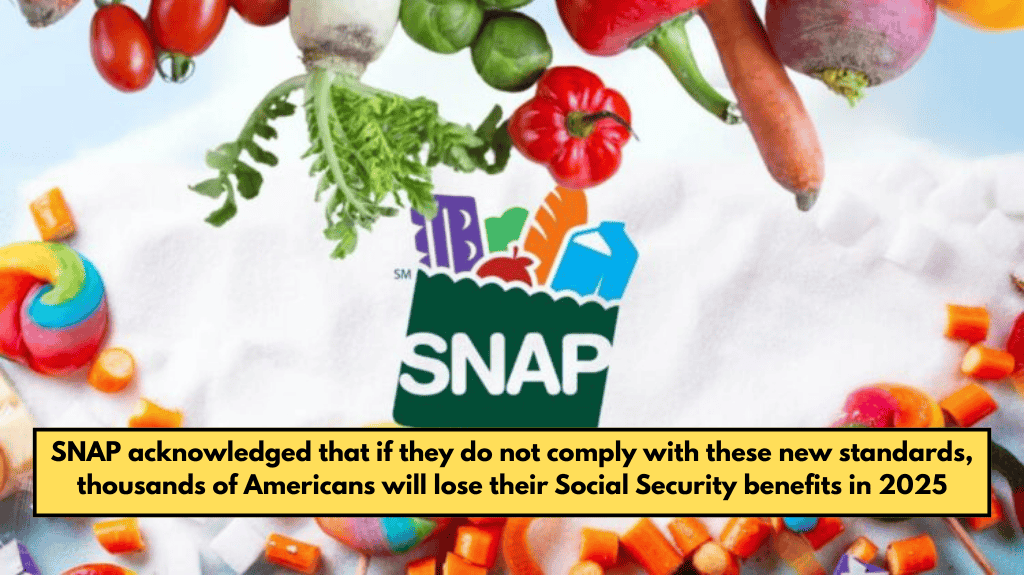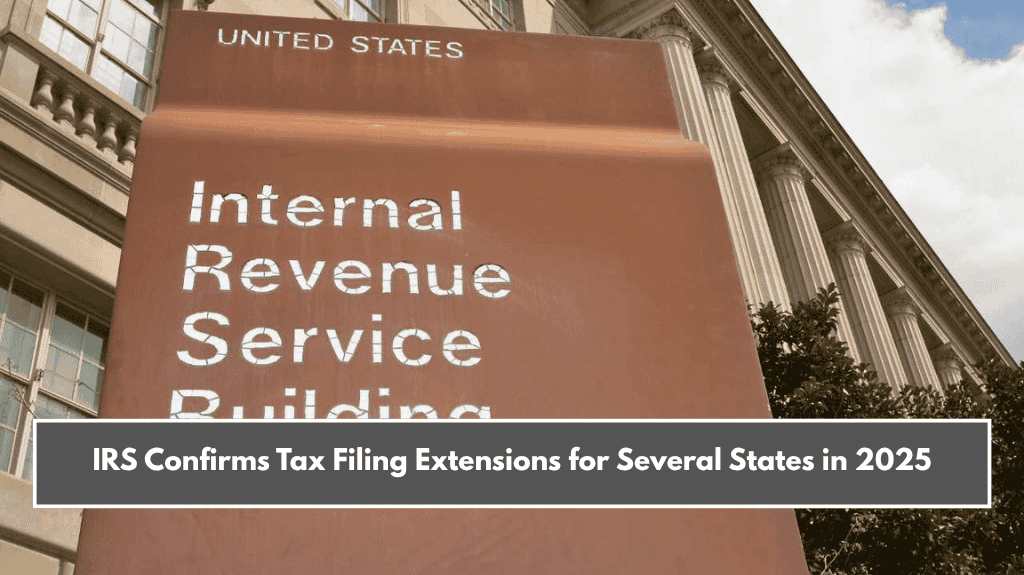April is here, and with it comes important updates to the Supplemental Nutrition Assistance Program (SNAP). For millions of families across the country, SNAP provides critical assistance for purchasing nutritious food. This month, changes have been made to benefit amounts and payment schedules, so it’s crucial for beneficiaries to stay informed. Here’s everything you need to know about these updates and how the SNAP program works.
What is the SNAP Program?
SNAP stands for Supplemental Nutrition Assistance Program, and it was originally introduced in 1964 under the name Food Stamps. Its primary purpose is to help households with little or no income access nutritious food, ensuring their nutrition isn’t compromised.
Today, SNAP benefits are distributed via EBT (Electronic Benefit Transfer) cards, which function like debit cards. These cards can be used at participating supermarkets, stores, and farmers’ markets to purchase eligible food items.
What Changes for April?
For April 2025, the U.S. Department of Agriculture’s (USDA) Food and Nutrition Service has adjusted SNAP benefits according to the Cost of Living Adjustment (COLA), which is tied to inflation. As a result, the benefit amounts for various household sizes have been increased. The updated monthly benefit amounts for SNAP recipients are as follows:
- 1 person: $292
- 2 people: $535
- 3 people: $768
- 4 people: $975
- 5 people: $1,158
- 6 people: $1,390
- 7 people: $1,540
- 8 people: $1,756
- Each additional person: +$219
This increase helps beneficiaries keep up with rising food costs and ensures that families have the resources they need to buy nutritious food.
When Do SNAP Payments Arrive?
SNAP payment dates vary by state, so there is no fixed date for when you’ll receive your benefits. Payments are distributed throughout the month, typically between the 1st and the 28th. The exact date depends on the state in which you live, to prevent system overloads. To help you stay organized, a payment calendar is now available, so you can check when your payments will be made.
Who Qualifies for SNAP?
To qualify for SNAP, applicants must meet three basic criteria:
- U.S. citizenship or legal residency: You must be a U.S. citizen or a legal resident.
- Income below the federal poverty level: Your household income must be below the federal poverty line.
- Asset limits: Your household must have assets under $2,750, unless there are elderly or disabled individuals in the household.
These criteria ensure that SNAP benefits go to those who truly need assistance.

What Can Be Bought with SNAP?
While SNAP helps beneficiaries purchase food, there are restrictions on what can be bought with the benefits. SNAP funds can be used to purchase:
- Fresh fruits and vegetables
- Meats, dairy products, and bread
- Seeds to grow your own garden at home
However, SNAP cannot be used to purchase:
- Alcoholic beverages
- Tobacco products
- Cleaning products
- Personal hygiene items
- Supplements without vitamins
These restrictions ensure that the benefits are used for essential food needs, supporting the nutritional goals of the program.
How Can You Get the Most Out of SNAP?
To maximize your SNAP benefits, it’s recommended to shop at local markets instead of large retail chains. Farmers’ markets are a great option, as you can take advantage of programs like Double Up Food Bucks, which doubles the money spent on fruits and vegetables. This means you get more fresh produce for the same amount of money, and you also support local farmers and the economy.
Why is SNAP So Important?
SNAP plays a crucial role in reducing hunger and supporting healthy eating for families across the country, especially in times of inflation and economic hardship. With inflation rising, many families find it harder to afford nutritious meals. SNAP helps bridge that gap, ensuring that no one in the U.S. goes hungry.
Additionally, by using an EBT card rather than directly distributing food, SNAP reduces the stigma associated with receiving assistance and increases the independence of recipients. People can purchase the food they need without feeling embarrassed, which helps them maintain their dignity while they work to provide for themselves and their families.
The April 2025 updates to SNAP reflect important adjustments to meet the needs of low-income families struggling with the rising costs of food. With increased benefits and a more organized payment schedule, SNAP continues to be a vital support system for millions of people. By using SNAP, beneficiaries can access nutritious food, support their health, and maintain their independence, even in difficult financial situations.















